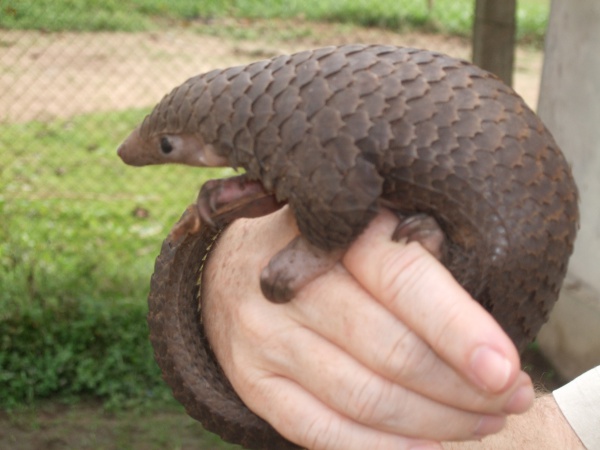Facts About Tree pangolin
The tree pangolin, also referred to as the white-bellied pangolin or three-cusped pangolin, is a captivating species indigenous to equatorial Africa. As the most common of the African forest pangolins, it belongs to the species *Phataginus tricuspis*. These animals are relatively small, with their body length ranging from 33 to 43 cm, and their tails adding an additional 49 to 62 cm. The name "tricuspis" is derived from their distinctive three-pointed scales.
Inhabiting lowland tropical moist forests and savanna/forest mosaics, tree pangolins are semiarboreal and nocturnal. Their distribution extends from Guinea to Kenya and Tanzania in the east and down to Angola and Zambia in the south. They are highly adaptable and can even adjust to alterations in their environments.
Tree pangolins possess remarkable survival adaptations. They can walk on all fours or on their hind legs, using their prehensile tails for balance. When threatened, they curl into a tight ball for protection. Their diet primarily consists of insects such as ants and termites, which they gather with their long, sticky tongues.
Regarding reproduction, female tree pangolins are quite solitary, only seeking out males briefly for mating. After a gestation period of approximately 150 days, they give birth to a single offspring.
Unfortunately, tree pangolins are heavily hunted for bushmeat and traditional medicine, resulting in a significant population decline. Consequently, they are classified as "Near Threatened" due to unsustainable harvesting. It is crucial to intensify conservation efforts to protect and preserve this unique species before it is too late.

 Chad
Chad